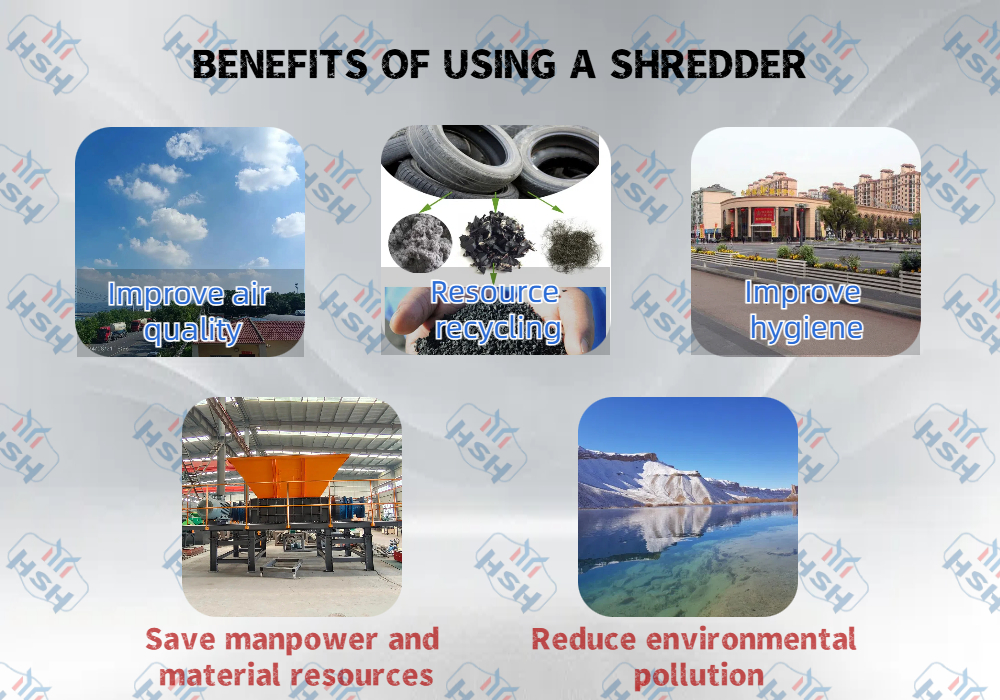How to maintain the value of PET, HDPE and other plastic types?

The world opened its eyes for the plastic waste problem when the oceans and shores started to be filled with plastic garbage. There has been a strong worldwide backlash against the use of plastics. But in the big picture, the use of plastics doesn’t show any signs of decreasing. The question is, how to handle it cost-efficiently in a sustainable way.
When the material circulates in society, combustion emissions can be minimized and the need for virgin plastics can be reduced. In terms of plastic recycling the various types of plastic must be sorted and recycled separately to preserve the quality and value of the material.
As we get better with recycling plastics, our negative attitudes towards the material might need revisiting. Afterall, plastic has a lot of uses in reducing waste and usage of fossil fuels and virgin materials in general. To do this sustainably, we collectively need to revisit our strategies, operations and waste disposal habits to achieve a circular plastic economy.
In terms of plastic recycling, the various types of plastic must be sorted and recycled separately to preserve the quality and value of the material.
Different types of plastic in the recycling process
One of the challenges in the plastic recycling process is the variety of plastic types. Let’s take a look at the most common ones.

Probably the most common type of plastic is PET (Polyethylene terephthalate). It’s often used in packaging, like water bottles, and also in fibers for clothing. Because of its light structure the recycling of PET bottles is advised after one time of use.
Other widely used plastic is PVC (polyvinyl chloride). Being durable and flexible, it is used in piping for example. Hazardous to the environment, it is recycled less than PET.
More durable and safe to use in hot and cold environments is the HDPE (high-density polyethylene) plastic. HDPE can be found for example in outdoor furniture, toys and playground equipment and cosmetic packaging. HDPE plastic recycling is especially beneficial to both the planet and business since the recycling process can be repeated many times.
Additionally, LDPE (low-density polyethylene) is more flexible and it’s used in food packaging and plastic shopping bags for instance. LDPE recycling can’t be carried out as many times over as HDPE because of its quality decreases during multiple recycling processes.
PP (polypropene) plastic endures heat and is light, so it’s used for example in one-use cutlery.
Lastly, PS (polystyrene) plastic is commonly used in packaging. Fragile, it’s easy to spread to the environment and cause harm to flora and fauna. The list here isn’t all inclusive, but gives an idea of the variety of plastic types commonly in use around the world.
Plastic types and their safety listed:
- PET = polyethylene terephthalate. Used for example in plastic bottles. PET recycling is advised after one use.
- PVC = polyvinyl chloride. Hazardous to the environment and recycled less.
- HDPE = high-density polyethylene. Safe to use in food packaging for example. HDPE plastic recycling has the advantage of the material staying high quality for multiple times of recycling process.
- LDPE = low-density polyethylene. More flexible than HDPE. The thinner material loses quality faster in the LDPE recycling process quite fast.
- PP = polypropene. Endures heat and is light.
- PS = polystyrene. Hazardous and easy to spread to the environment.
Preserve the quality of plastics by recycling properly
Recycling plastic could mean mechanical recycling, where the chemical structure of the material doesn’t change and the material is sorted and crushed into pellets or flakes. To preserve good quality, the sorting process is essential.
Another option is so-called downcycling, where different qualities of plastics are not separated but melted together to form a low-quality material that can be used only once. The benefit to the climate is not major, but one re-use is still better than nothing. To avoid using nonrenewable raw material, we strive collectively to develop better solutions to plastic recycling so that the material can be used over and over again.
Let’s take the recycling process of PET plastic bottles for example. In mechanical recycling, after collecting and sorting, the bottles are grinded into flakes and washed. Different types of plastic are separated in a float-sink tank. After the different types and also colors are separated, the flakes are melted and made into new products.



